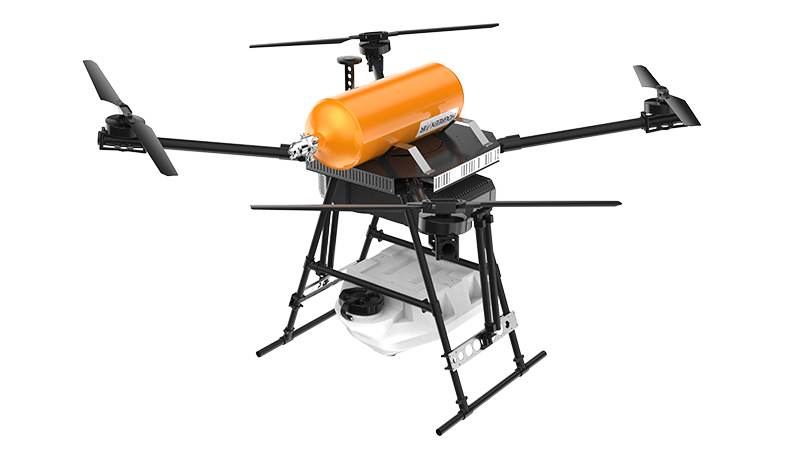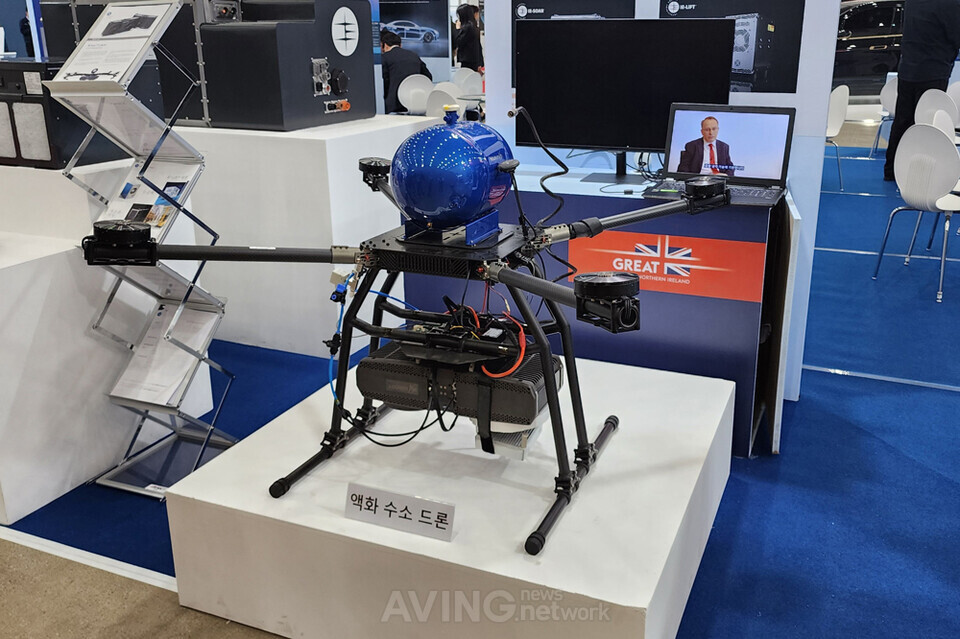The average commercial drone can stay in the air for about half an hour on a single battery charge, this new drone from South Korean firm Hogreen Air, can fly for 14 hours straight!
In a recent YouTube video on a channel called The Military Show, they talk about how cheap Ukrainian paper planes are destroying expensive Russian military equipment. Incidentally, that’s a topic we covered in a previous post titled Robots on the Battlefields of Ukraine and in the Tunnels of Gaza! The paper planes in question here are cardboard drones made by an Australian firm that have been so effective that they have earned the moniker “the origami of death.”
There’s no doubt about the fact that drones have changed the entire landscape of warfare and have rendered the use of tanks and armored vehicles almost pointless in some cases. Just look at some pictures of tanks in action with funny looking cages mounted over them and you’ll understand how serious this problem is.
The economics of modern battle strategies

While the battles of the past were heavily dependent on battalions of tanks bulldozing their way through enemy ranks, wars are now a matter of economics and sustainability. If you take the war in the middle east for example, Israel is finding it quite “unsustainable” to keep shooting down cheap drones with expensive missiles, hence the talk of switching to energy weapons to shoot down drones.
The Japanese Kamikaze pilots of World War II were famous for crashing their relatively cheap fighter planes into expensive US war ships and many even referred to them as “pilot-guided” explosive missiles. While Kamikaze pilots required actual humans to sacrifice themselves for their country, Kamikaze drones require no such thing and are quite happy to crash into whatever target you set for them.
That being said, however, drones have their limitations too, the most important of which is they can’t stay in the air for too long. Remember, we’re talking about drones that are commercially available and not specialized military grade UAVs like the MQ 9 Reaper, or India’s upcoming Archer NG. Your average commercial drone can stay in the air for about half an hour on a single battery charge and that limits operations with these drones significantly, especially for projects that require continuous monitoring of relatively large areas.
That could all change with this latest invention from South Korean firm Hogreen Air which is a drone that runs on hydrogen and can fly for 14 hours straight. To put things in perspective, the MQ 9 reaper (which costs about $32 million) can stay in the air for about that long with a full payload of munitions.
Hogreen Air
While the drone from Hogreen Air is no MQ 9 Reaper and looks much like any off-the-shelf commercial quadcopter drones, that’s an advantage for a number of reasons, the most important of which is that it’s going to be at a fraction of the cost. Additionally, commercial drones are easier to operate, harder to detect and harder to intercept.
The fact that they’re cheap also means they’re pretty much disposable unlike the MQ 9 Reapers that require rescue teams to fish them out of the ocean in case of a malfunction. The new hydrogen powered drone from Hogreen Air was unveiled at the H2 Mobility Energy Environment Technology (MEET) conference in Seoul. The drone is powered by liquefied hydrogen fuel cells that are 800 times denser than hydrogen gas.
The drone is characterized by a hydrogen power pack which is a system made up of hydrogen fuel cells and tanks. The fuel cells are Polymer Electrolyte Membrane (PEM) cells with minimum components and moving parts to ensure reliability and efficiency. A spokesperson from the company was quoted talking about how the speed and endurance of the drone (thanks to the hydrogen fuel cells) have made it possible for it to travel across continents!
Can you imagine flying an off-the-shelf drone to a different continent and back? What’s even more interesting about this drone is the communication suite which features a 5G LTE system that enables you to connect to it from virtually anywhere in the world where a 5G signal is available.
Is the future of warfare remote?
To test this theory, the drone from Hogreen Air was flown remotely across the United States while being piloted by an operator approximately 5,800 miles away in South Korea. The implications of a remote operating range of almost 6,000 miles for a commercial drone are staggering to say the least. This could also give rise to a number of new security risks and challenges. Drone swarms, deadly as they may be, need to be launched somewhere in the vicinity of the battle to be effective. If you can remotely launch them from anywhere in the world, however, that opens up a whole new way to wage war without ever having to set foot on foreign soil.
In case you missed:
- Training AI for Pennies on the Dollar: Are DeepSeek’s Costs Being Undersold?
- Lab-Grown Brain Thinks It’s a Butterfly: Proof We’re in a Simulation?
- Slaughterbots: Robot Warriors in the Indian Armed Forces!
- Quantum War Tech: DRDO and IIT help India take the lead!
- Omnidirectional VR treadmills, go anywhere without going anywhere!
- From Earth to Orbit: Data Centers are Heading Out to Space!
- India’s Mappls Revolution: The Swadeshi Push to Dethrone Google Maps
- Dire Wolves are not back; what we got are designer dogs for GoT fans!
- AI in 2025: The Year Machines Got a Little Too Smart (But Not Smart Enough)
- Tata Electronics to Manufacture Intel Chips & AI Laptops in India!












